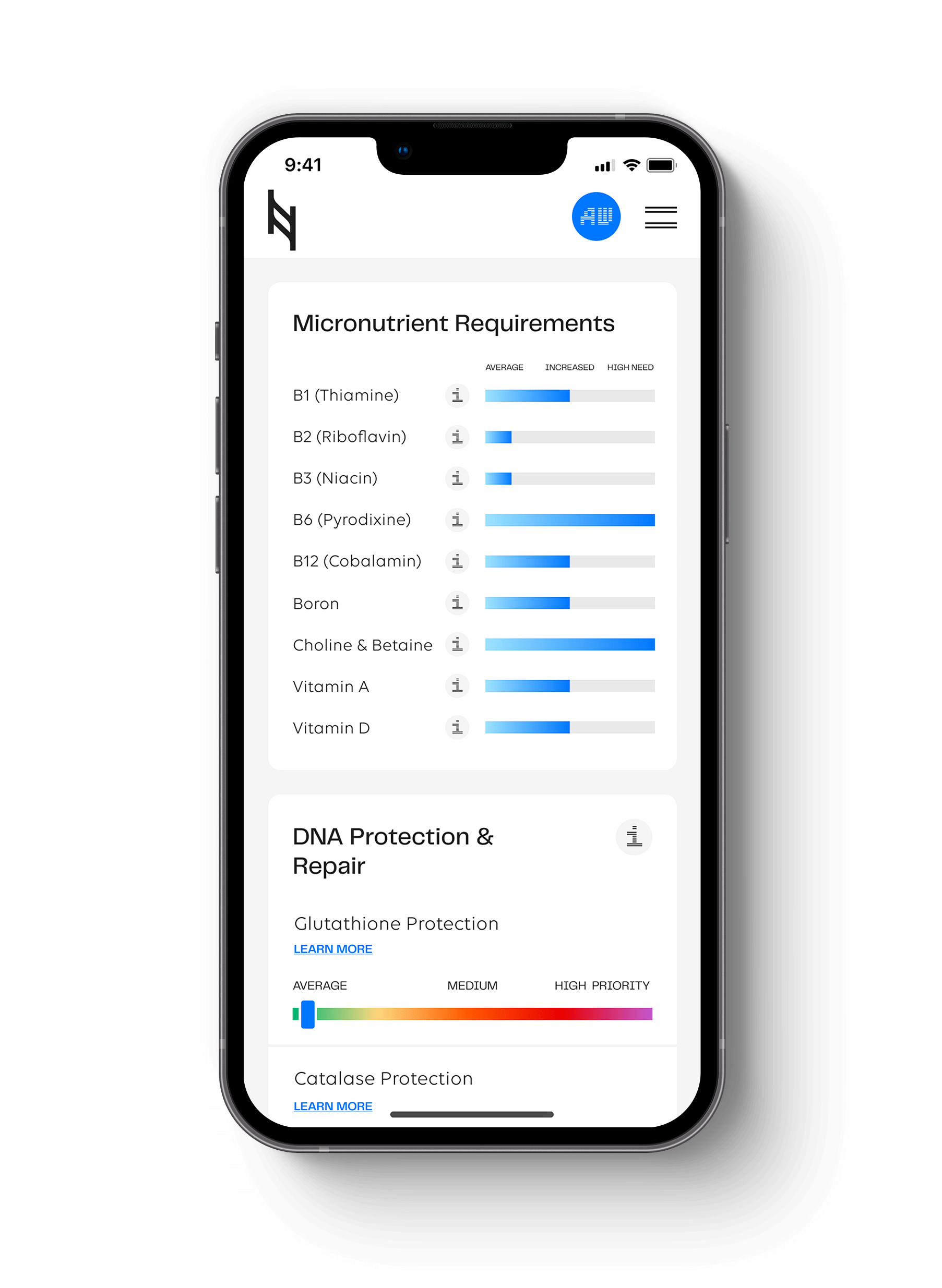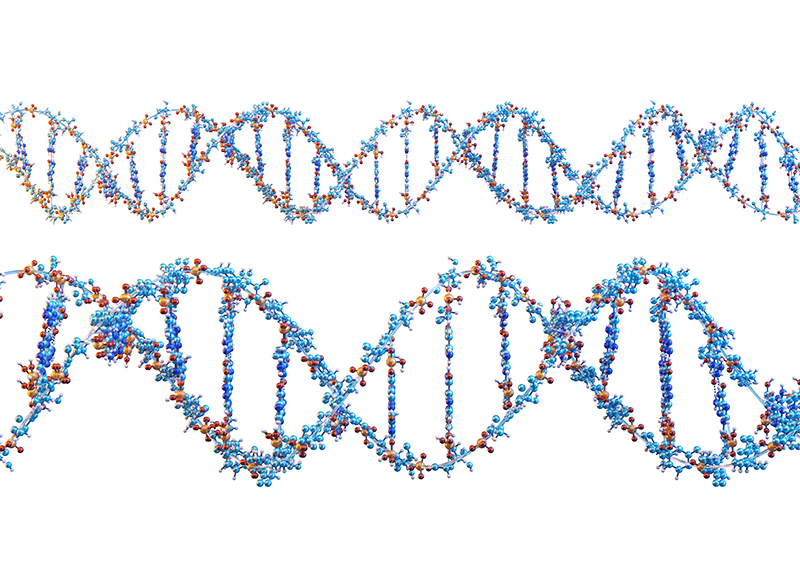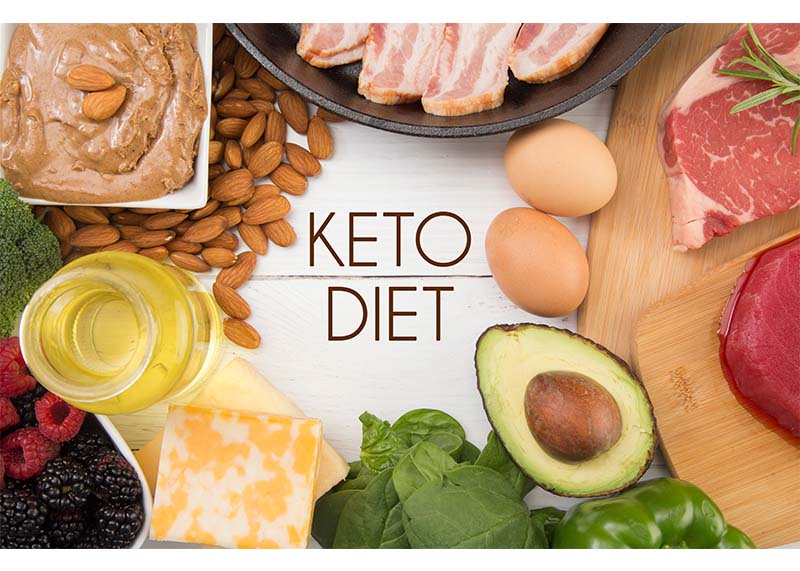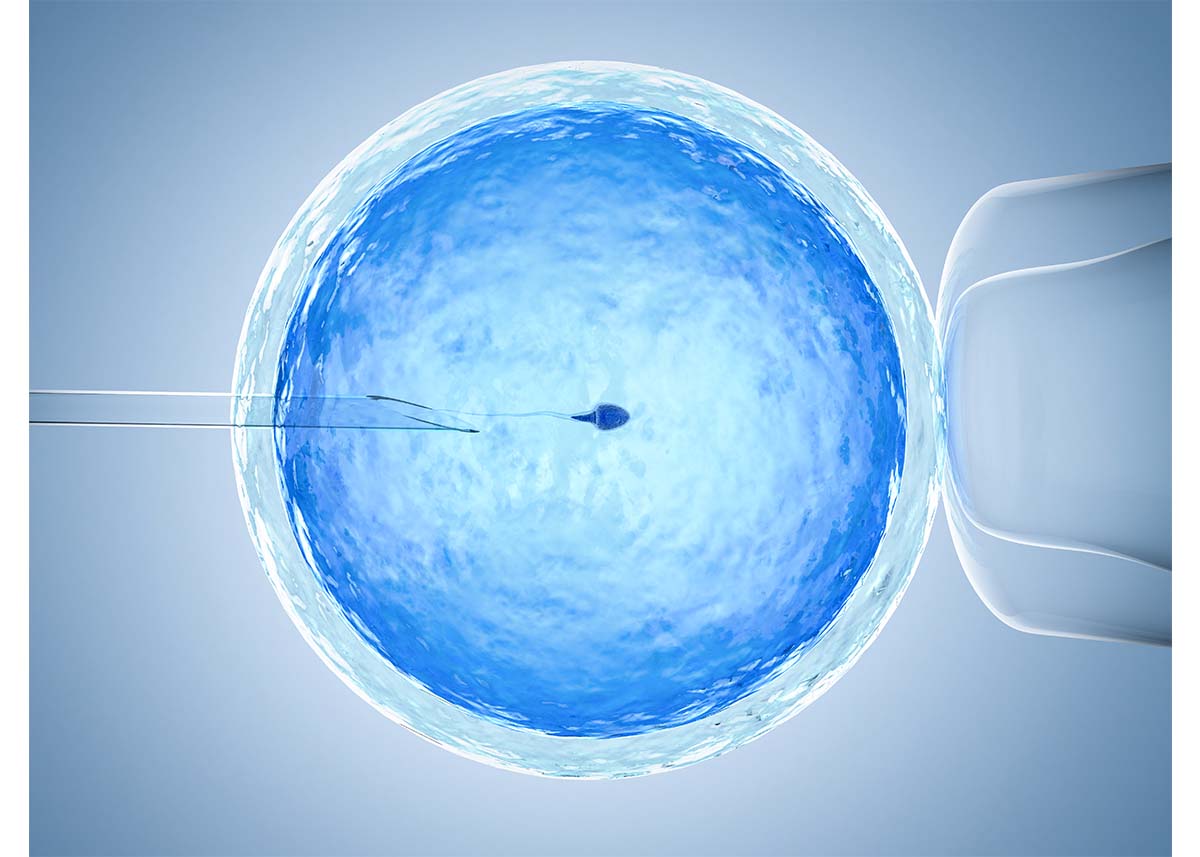Researchers today consider physical fitness to be the single best predictor of life expectancy and healthspan. The common thread among all of us is that we are designed to move all day. It is estimated that our ancestors over millions of years accumulated 14,000 to 16,000 steps per day. This was mostly in the form of walking three to eight miles, often while carrying wood, food, water, and children.
Today, the CDC estimates that Americans spend an average of between 6.5 and 8 hours per day sitting down. After sitting more than 60 minutes, blood glucose levels, triglycerides and inflammatory markers begin to rise, and the compounding effects over time rob years from our life.
Starting after age 30, maintaining strength, muscle mass, and cardiovascular health is crucial to both healthspan and lifespan. However, don’t worry if you hate going to the gym. Maintaining fitness doesn’t require a gym membership. These indoor solo pursuits have been shown to be at the bottom of longevity associations.
In a 25-year study, the following cardiovascular activities were associated with longer years of life expectancy when compared to those with sedentary lifestyles: tennis (9.7 years), badminton (6.2 years), soccer (4.7 years), cycling (3.7 years), swimming (3.4 years), jogging (3.2 years), calisthenics (3.1 years), and health club activities (1.5 years).
The largest reductions in all-cause mortality for cardiovascular disease were seen in those partaking in moderate activity per week. Moderate-intensity examples include walking, hiking, gardening, housework, dancing, shopping, golf, pickleball, doubles tennis, volleyball, and leisurely bike riding.
When programming an exercise program for longevity, you want to choose activities that interest you. The more social, the better. But choosing pursuits that are compatible with your genetics for strength, muscle mass, bone health, metabolic health, and cognitive health can help you get the most efficient response and lowest risk of injuries.
One of the highest impact genes influencing strength, muscle mass, bone density, and optimal types of exercises is the ACTN3 gene.
What is the ACTN3 Gene?
The ACTN3 encodes for the alpha-actin-3 protein found exclusively within type-II fast-twitch muscle fibers. Fast twitch muscle fibers are associated with sprinting and power, while slow twitch muscle fibers are associated with endurance.
The prevalence of sarcopenia – loss of muscle mass and strength that leads to the inability to do normal activities – in older populations may range from 4% to 27%, depending on the gender of the participants and country. Type-II muscle fiber atrophy is a hallmark of sarcopenia. Muscle mass decreases approximately 3 to 8% per decade after the age 30 and declines even more after the age of 60.
The ACTN3 gene affects the rate and response of Type II muscle fibers to training, and there are three genotypes expressed for ACTN3: RR, XX, and RX
RR Genotype
The RR genotype is most represented in elite strength and power athletes, and includes a lot of positives.
- More Type II fast-twitch muscle fibers
- High responder to strength training and muscle hypertrophy
- Potential improved protection from eccentric training-induced muscle damage
- Improved training adaptation
- Reduced risk of sports injury
- Reduced frailty risk later in life
- Improved flexibility
- High testosterone response after resistance training
- Higher muscle mass improves insulin sensitivity
- Potentially high responder to creatine supplementation
- Potentially lower HDL
- Paradoxically, the RR genotype is underrepresented in centenarians
XX Genotype
The XX genotype is a loss-of-function variant that results in a complete lack of expression of α-actinin-3 and a lower percentage of Type II muscle fibers. This genotype occurs in approximately 20% of the world’s population and is believed to have occurred 50,000 years ago during the migration into northern Europe.
While the XX genotype often gets categorized as the “endurance” genotype, this is an incorrect conclusion. Yes, the XX genotype is considered to have more fatigue resistant muscles, but the reason is to generate heat from activation of brown adipose tissue for cold adaptation. Research has been inconclusive for any type of competitive endurance advantage. The higher risk of muscle inflammation and injuries put the XX genotypes at a disadvantage in more strenuous endurance activities.
Studies in both Ironman athletes and ultra runners found that the XX genotype experienced the most amount of muscle pain and damage after the competition as measured by serum concentrations of myoglobin, creatine kinase, lactate dehydrogenase, and aspartate aminotransferase. However, there was no difference in race time or perceived exertion between all three genotypes.
In a study on ballerinas, the XX genotypes had significantly higher ankle injuries and lower flexibility scores compared to the RR and RX-genotyped ballerinas.
The XX genotype is the most unique of the three genotypes:
- The frequency of the XX genotype correlates with higher latitude and lower temperature, showing a possible selection for cold tolerance, famine, and harsh climates
- More fatigue-resistant muscles that generate heat from activation of brown adipose tissue, creating heat without the need to shiver
- X allele hypothesized to have an unclear survival effect
- Low responder for muscle hypertrophy
- Higher risk of ankle and hamstring injuries
- In females, association with significantly lower total-body and lower-limb fat free mass, as well as lower torque values
- Lower bone density
- Low testosterone response from resistance training
- Potentially non-responder to creatine supplementation
- Higher risk for insulin resistance in sedentary individuals
- Potentially higher HDL
RX Genotype
The RX genotype may represent the best of both ACTN3 genotypes for strength training, maintaining lean muscle mass later in life, endurance, and longevity.
- High responder to strength training and increased muscle hypertrophy
- Faster sprint times
- Protection from eccentric training-induced muscle damage
- Reduced risk of sports injury
- Improved flexibility
- High testosterone response after resistance training
- Higher muscle mass improves insulin sensitivity
- X allele hypothesized to have an unclear survival effect
ACTN3, Exercise and Longevity
RR and RX Genotype and Optimal Exercise
Researchers recommend the RR or RX genotypes who have relatively high strength and power should choose high-load low-repetition resistance training and HIIT training (the SOD2 gene should also be assessed for HIIT training). For the general population, 30-60 minutes of resistance training a week is going to be sufficient for maintaining strength and muscle mass into old age.
While the RX genotype has the most flexibility for exercise programming, I would argue that the RR genotype should focus more on their cardiovascular system. The RR genotype should take advantage of lower muscle inflammation with more time in endurance activities when the goal is longevity due to their underrepresentation in centenarian studies. Research has shown that endurance and team sport athletes live longer than power athletes and the general population. All-cause mortality, cardiovascular mortality and total cancer reductions were highest when strength training and cardio exercise were combined.
XX Genotype and Optimal Exercise
Due to the XX genotype having the lowest percentage of slow-twitch muscle fibers, it makes sense that this percentage of the population is going to have the highest requirement for maintaining strength and muscle mass with age.
However, strength programming for the XX genotype should consider its limitations as well. Due to higher muscle inflammation and injury risk, heavy resistance training and lifting to failure should be avoided, and more rest days should be considered.
Differences have also been found with the lower body versus upper body training for the XX genotype, including being prone to ankle and hamstring injuries.
The ACTN3 XX genotypes have been shown to have higher serum creatine kinase concentrations and self-reported pain scores than the RR genotype after 20 maximal eccentric knee extensions.
The same was true of soccer players after an eccentric training practice that included jumps, changes of direction, accelerations, and decelerations. However, it was not true with eccentric elbow flexion exercise or drop jumps, showing that specific lower body activities may be the most relevant.
Based on these findings, it could be argued that the XX genotypes would benefit from activities that emphasize the following:
- Upper body dominant
- Minimizes injury risk
- Fortifies the ankles and hamstrings
- Increases flexibility
- Safely increases Type II muscle fibers
- Low-load, high repetition movements
Researchers recommend traditional endurance training (low intensity and high volume) and low-load, high repetition movements for the XX genotype. Types of training that would fit the XX genotype well would be swimming (especially in cold water), rowing (or rowing machines), surfing, rock climbing, chopping wood, and yoga.
The XX genotype may also be the subset that benefits the most from moderate-intensity exercise that involves movement throughout the day for metabolic health due to lower muscle mass and increased fatty acid oxidation and glycogen storage.
Exercise Dose and Longevity
The ACTN3 genotype can be extremely beneficial for understanding exercise programming for each individual to increase the chances of consistency, success, results and injury prevention.
Now that you have narrowed down your training program, what does research say about the dose of exercise for longevity?
Cardiovascular Training
A Harvard School of Public Health study following subjects over 30 years suggests that if the goal is optimizing long-term cardiovascular health and overall longevity, more is better for moderate-intensity exercise. As mentioned above, moderate-intensity examples include walking, hiking, gardening, housework, dancing, shopping, golf, pickleball, doubles tennis, volleyball, and leisurely bike riding.
When we view larger populations of centenarians like in The Blue Zones, we see low intensity, moderate activity throughout the day as the dominant form of exercise.
HIIT Training
For vigorous exercise, the reductions in mortality maxed out at 150 minutes per week. Over 150 minutes per week and the benefits began to drop off. For cognitive health, APOE-e4 carriers saw the highest reduction in Alzheimer’s risk from 150 minutes of cardio per week.
Strength Training
A large meta-analysis showed that strength training was independently associated with lower rates of all-cause mortality and cardiovascular disease, however, the best outcomes were associated with a cumulative dose of only 30-60 minutes per week. This dose led to reductions of 17% for all-cause mortality, 18% for cardiovascular events, and 9% for all cancer. Benefits were completely lost for strength training durations of 130 to 140 minutes per week, with possible harm at progressively higher doses.
Hit your health goals faster
We'll help you remove the guesswork
Experience the most advanced nutrigenomic test available, covering 100 clinically relevant genes for a "whole body" analysis. Take control of your health today.
$359






















